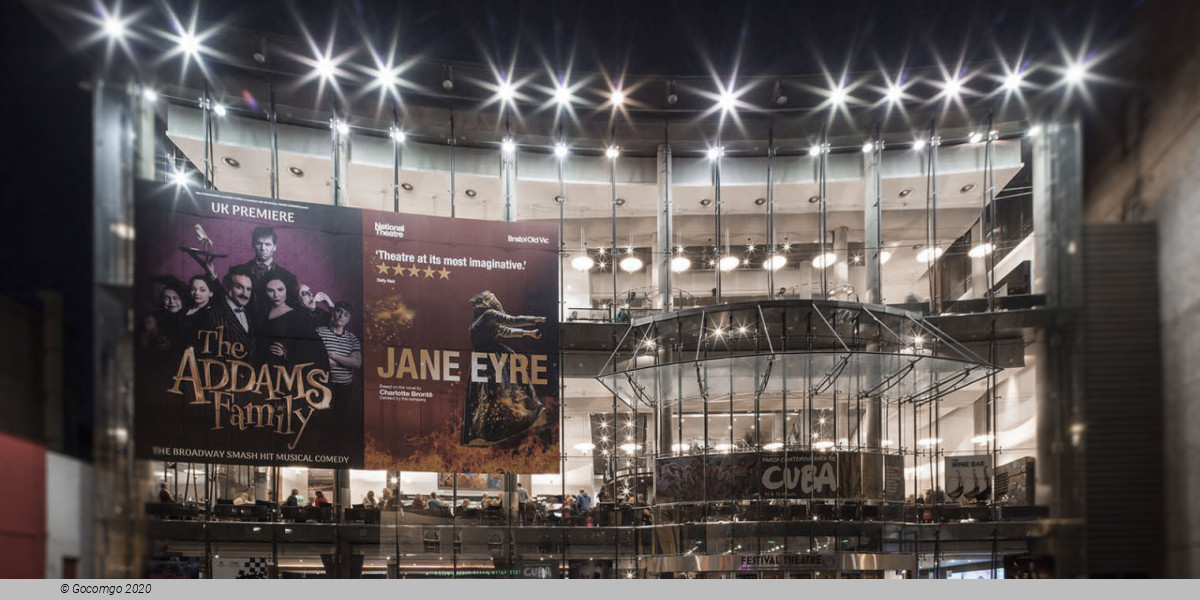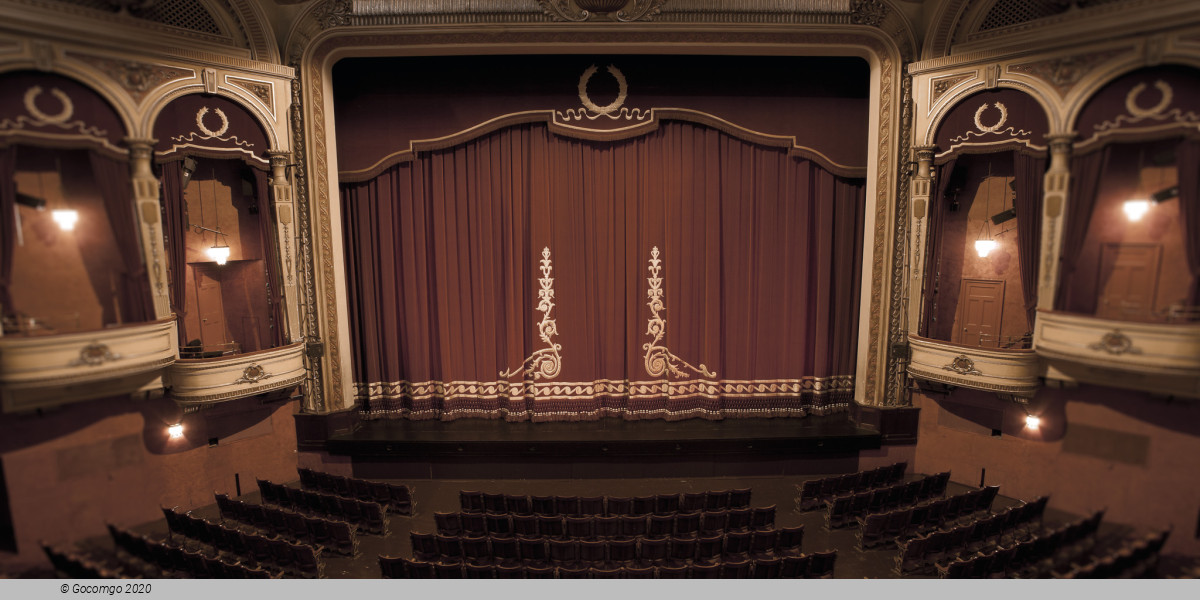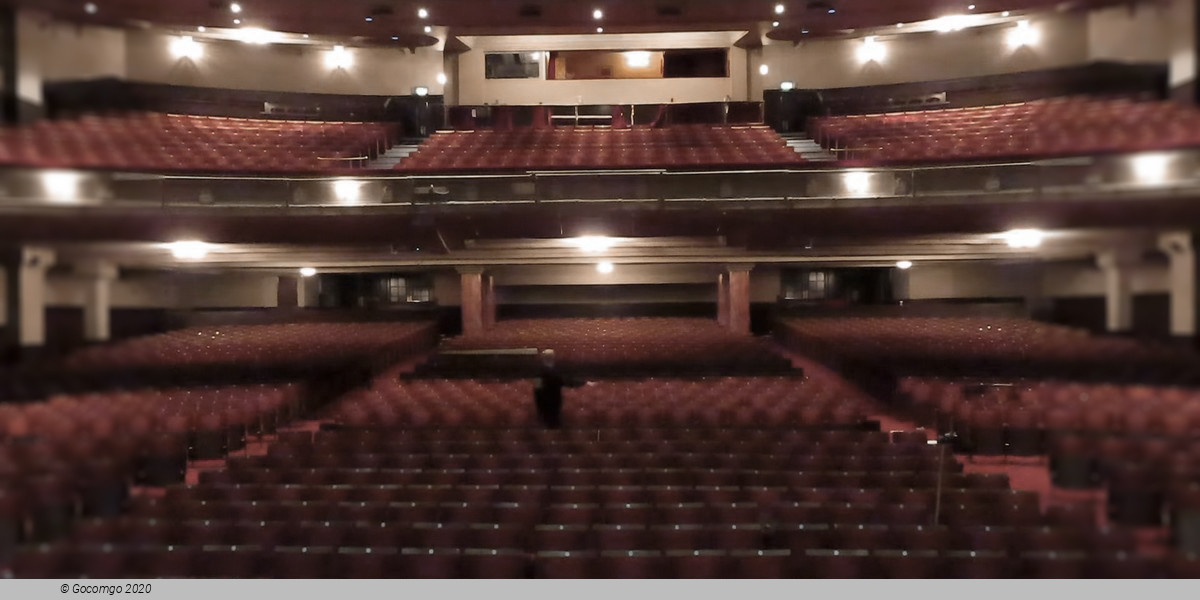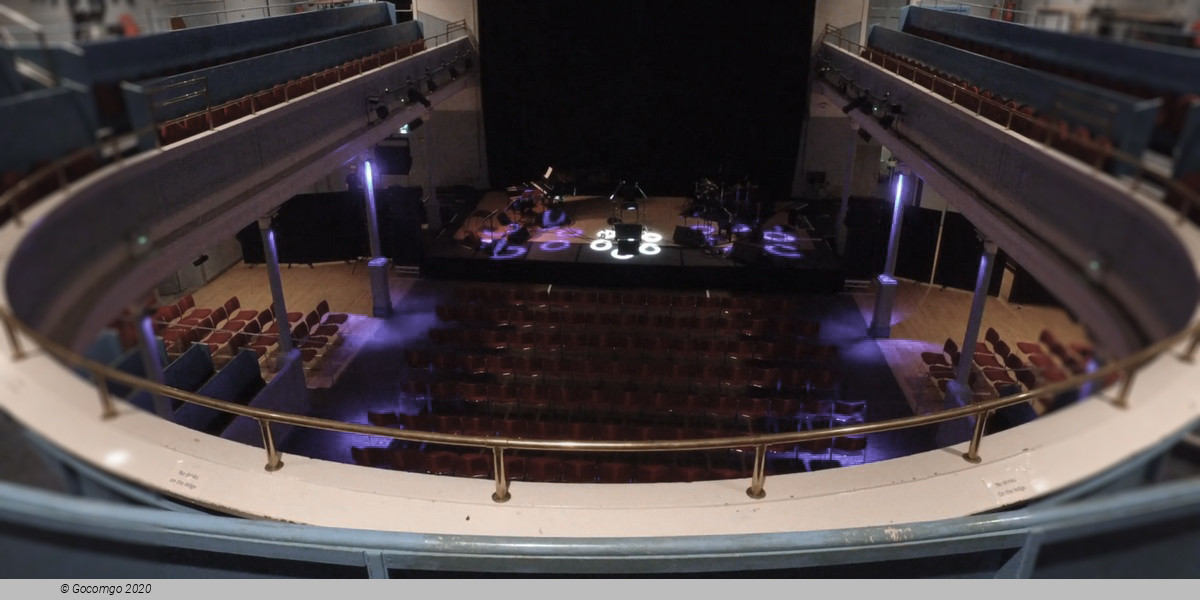Venues in Edinburgh

Edinburgh is the capital city of Scotland and one of its 32 council areas. Historically part of the county of Midlothian (interchangeably Edinburghshire before 1921), it is located in Lothian on the Firth of Forth's southern shore. Recognised as the capital of Scotland since at least the 15th century, Edinburgh is the seat of the Scottish Government, the Scottish Parliament and the supreme courts of Scotland.
The earliest known human habitation in the Edinburgh area was at Cramond, where evidence was found of a Mesolithic camp site dated to c. 8500 BC. Traces of later Bronze Age and Iron Age settlements have been found on Castle Rock, Arthur's Seat, Craiglockhart Hill and the Pentland Hills.
When the Romans arrived in Lothian at the end of the 1st century AD, they found a Brittonic Celtic tribe whose name they recorded as the Votadini. The Votadini transitioned into the Gododdin kingdom in the Early Middle Ages, with Eidyn serving as one of the kingdom's districts. During this period, the Castle Rock site, thought to have been the stronghold of Din Eidyn, emerged as the kingdom's major centre. The medieval poem Y Gododdin describes a war band from across the Brittonic world who gathered in Eidyn before a fateful raid; this may describe a historical event around AD 600.
In 638, the Gododdin stronghold was besieged by forces loyal to King Oswald of Northumbria, and around this time control of Lothian passed to the Angles. Their influence continued for the next three centuries until around 950, when, during the reign of Indulf, son of Constantine II, the "burh" (fortress), named in the 10th-century Pictish Chronicle as oppidum Eden, was abandoned to the Scots. It thenceforth remained under their jurisdiction.
The royal burgh was founded by King David I in the early 12th century on land belonging to the Crown, though the date of its charter is unknown. The first documentary evidence of the medieval burgh is a royal charter, c. 1124–1127, by King David I granting a toft in burgo meo de Edenesburg to the Priory of Dunfermline. By the middle of the 14th century, the French chronicler Jean Froissart was describing it as the capital of Scotland (c. 1365), and James III (1451–88) referred to it in the 15th century as "the principal burgh of our kingdom". Despite the destruction caused by an English assault in 1544, the town slowly recovered, and was at the centre of events in the 16th-century Scottish Reformation and 17th-century Wars of the Covenant.
17th century
In 1603, King James VI of Scotland succeeded to the English throne, uniting the crowns of Scotland and England in a personal union known as the Union of the Crowns, though Scotland remained, in all other respects, a separate kingdom. In 1638, King Charles I's attempt to introduce Anglican church forms in Scotland encountered stiff Presbyterian opposition culminating in the conflicts of the Wars of the Three Kingdoms. Subsequent Scottish support for Charles Stuart's restoration to the throne of England resulted in Edinburgh's occupation by Oliver Cromwell's Commonwealth of England forces – the New Model Army – in 1650.
In the 17th century, Edinburgh's boundaries were still defined by the city's defensive town walls. As a result, the city's growing population was accommodated by increasing the height of the houses. Buildings of 11 storeys or more were common, and have been described as forerunners of the modern-day skyscraper. Most of these old structures were replaced by the predominantly Victorian buildings seen in today's Old Town.
18th century
Following the Treaty of Union in 1706, the Parliaments of England and Scotland passed Acts of Union in 1706 and 1707 respectively, uniting the two kingdoms in the Kingdom of Great Britain effective from 1 May 1707. As a consequence, the Parliament of Scotland merged with the Parliament of England to form the Parliament of Great Britain, which sat at Westminster in London. The Union was opposed by many Scots, resulting in riots in the city.
By the first half of the 18th century, Edinburgh was described as one of Europe's most densely populated, overcrowded and unsanitary towns. Visitors were struck by the fact that the various social classes shared the same urban space, even inhabiting the same tenement buildings; although here a form of social segregation did prevail, whereby shopkeepers and tradesmen tended to occupy the cheaper-to-rent cellars and garrets, while the more well-to-do professional classes occupied the more expensive middle storeys.
During the Jacobite rising of 1745, Edinburgh was briefly occupied by the Jacobite "Highland Army" before its march into England. After its eventual defeat at Culloden, there followed a period of reprisals and pacification, largely directed at the rebellious clans. In Edinburgh, the Town Council, keen to emulate London by initiating city improvements and expansion to the north of the castle, reaffirmed its belief in the Union and loyalty to the Hanoverian monarch George III by its choice of names for the streets of the New Town: for example, Rose Street and Thistle Street; and for the royal family, George Street, Queen Street, Hanover Street, Frederick Street and Princes Street (in honour of George's two sons).
In the second half of the century, the city was at the heart of the Scottish Enlightenment, when thinkers like David Hume, Adam Smith, James Hutton and Joseph Black were familiar figures in its streets. Edinburgh became a major intellectual centre, earning it the nickname "Athens of the North" because of its many neo-classical buildings and reputation for learning, recalling ancient Athens. In the 18th-century novel The Expedition of Humphry Clinker by Tobias Smollett one character describes Edinburgh as a "hotbed of genius". Edinburgh was also a major centre for the Scottish book trade. The highly successful London bookseller Andrew Millar was apprenticed there to James McEuen.
From the 1770s onwards, the professional and business classes gradually deserted the Old Town in favour of the more elegant "one-family" residences of the New Town, a migration that changed the city's social character. According to the foremost historian of this development, "Unity of social feeling was one of the most valuable heritages of old Edinburgh, and its disappearance was widely and properly lamented."
19th and 20th centuries
Although Edinburgh's traditional industries of printing, brewing and distilling continued to grow in the 19th century, and were joined by new rubber works and engineering works, there was little industrialisation compared with other cities in Britain. By 1821, Edinburgh had been overtaken by Glasgow as Scotland's largest city. The city centre between Princes Street and George Street became a major commercial and shopping district, a development partly stimulated by the arrival of railways in the 1840s. The Old Town became an increasingly dilapidated, overcrowded slum with high mortality rates. Improvements carried out under Lord Provost William Chambers in the 1860s began the transformation of the area into the predominantly Victorian Old Town seen today. More improvements followed in the early 20th century as a result of the work of Patrick Geddes, but relative economic stagnation during the two world wars and beyond saw the Old Town deteriorate further before major slum clearance in the 1960s and 1970s began to reverse the process. University building developments which transformed the George Square and Potterrow areas proved highly controversial.
Since the 1990s a new "financial district", including the Edinburgh International Conference Centre, has grown mainly on demolished railway property to the west of the castle, stretching into Fountainbridge, a run-down 19th-century industrial suburb which has undergone radical change since the 1980s with the demise of industrial and brewery premises. This ongoing development has enabled Edinburgh to maintain its place as the United Kingdom's second largest financial and administrative centre after London. Financial services now account for a third of all commercial office space in the city. The development of Edinburgh Park, a new business and technology park covering 38 acres (15 ha), 4 mi (6 km) west of the city centre, has also contributed to the District Council's strategy for the city's major economic regeneration.
In 1998, the Scotland Act, which came into force the following year, established a devolved Scottish Parliament and Scottish Executive (renamed the Scottish Government since September 2007). Both based in Edinburgh, they are responsible for governing Scotland while reserved matters such as defence, taxation and foreign affairs remain the responsibility of the Parliament of the United Kingdom in London.





